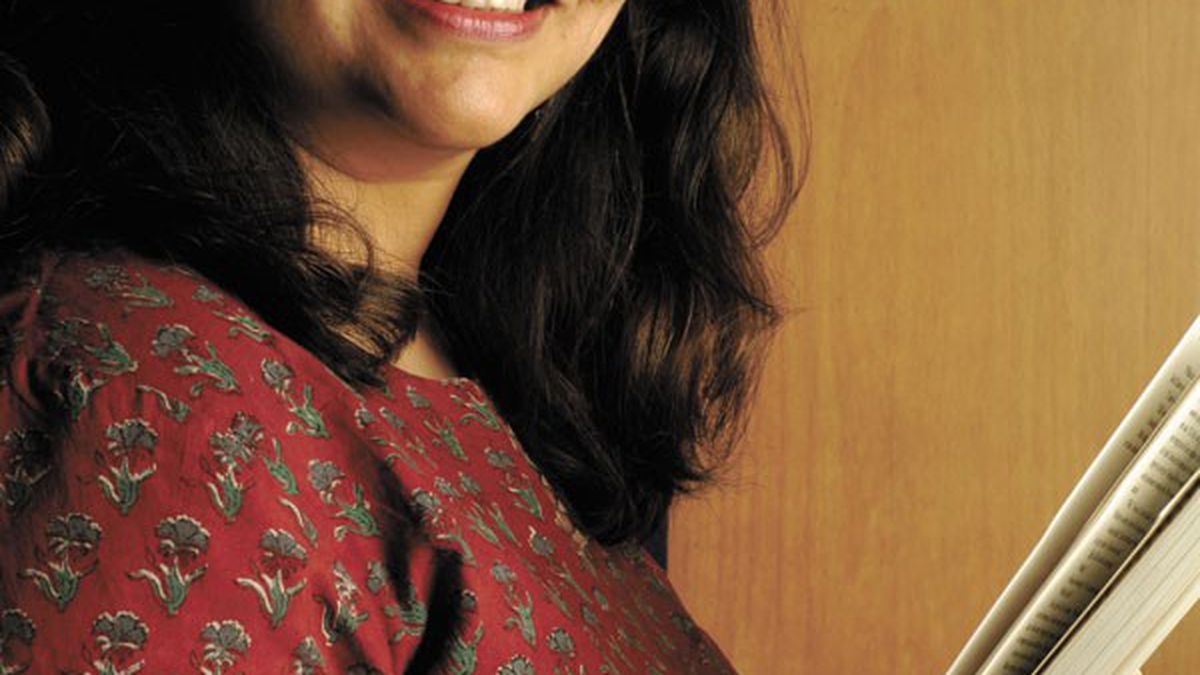The well-to-do East Bay bedroom community of Danville doesn’t usually star on the silver screen. Half the town, it seemed, turned out to watch Robin Williams and Sally Field pull up in a red sports car outside Bridges restaurant during the filming of Mrs. Doubtfire in 1993. That movie went on to win an Oscar and two Golden Globes, but a current feature film in which Danville played a role may be seen by many more eyes around the world. And this time, town residents may not embrace the exposure.
The Bollywood drama My Name Is Khan is set in part in the fictional town of “Banville,” a stereotypically white, upper-class Bay Area suburb. There, a significant portion of the film’s plot about post-9/11 race relations unravels: After moving from San Francisco to a town full of picturesque McMansions with sparkling front lawns, a young Indian family is subjected to racial profiling and racially motivated violence in a suddenly hostile suburban environment.
Initially, the Khans get along well with the white-washed nuclear families that surround them, and their first few months in Banville are bliss. Then the World Trade Center towers go down, and the once-welcoming citizens of Banville begin to turn on their new Indian neighbors. The climax arrives when Sameer, the teenage son, is killed by three white students at his predominately white high school. Later, standing on the soccer field where her son was killed — infuriated with her Muslim husband Rizvan for drawing negative attention to the family — the mother, Mandira, shouts at him: “Banville has 30,000 people. And all 30,000 of them hate you!”
Released in mid-February, the film has set box-office records around the world. In North America, its opening-weekend gross of $1.9 million was the highest ever recorded for a Hindi film; three weeks later, sales had nearly doubled to $3.6 million, another US record, with the film still showing on Bay Area screens. While it’s true that few of Khan‘s millions of international viewers will recognize the thinly veiled nod to Danville, anyone familiar with the town won’t miss it. And some Indian-American residents of the East Bay aren’t quite sure what to make of the uncomplimentary publicity.
“I’d say it was a little exaggerated,” said Ashish Chand of Fremont, a lifelong East Bay resident. “I thought the movie was a bit extreme,” agreed Danville resident Aaesha Ali in an e-mail. “The movie painted a darker picture.”
Bollywood blogger Leena Kamat, who grew up in Concord and Walnut Creek and now resides in Oakland, had a different impression. “I thought the Danville part was done well and very clever,” she said. “I’ve talked to a lot of people who live in areas like Fremont, Walnut Creek, and Danville, and they feel that it is pretty accurate.”
Screenwriter Shibani Bathija decided to set the story in the Bay Area after becoming familiar with it while studying communications at San Francisco State University from 1998 to 2000. When she sat down to write My Name Is Khan in 2007, a spate of recent Bollywood films shot in the Bay Area, plus aspirations to make a movie that would do well in the United States, made San Francisco an obvious choice. The christening of Banville, on the other hand, came about a bit more unusually.
Reached on the phone from Mumbai, India, Bathija explained that she used Google Maps to scope out the San Francisco suburbs. For her script, she was looking for something that might resemble a “small, very rich suburban town.” She spotted Danville, which sounded sufficiently American to resonate with Southeast Asian and Middle Eastern viewers, and was sold by photos of its quaint downtown.
While doing research for the film, Bathija finally visited. “It was beautiful. What a lovely place,” she said. “But it so happened we were there on the anniversary of 9/11. And there were these four, very Asian, obviously non-residents walking around, and we got lots of long, hard stares. … The fear is there.”
That reaction, it seemed, reinforced — or at least validated — Bathija’s depiction of the fictional town of Banville. Yet she insists this is no indictment of Danville; the portrayal of Banville was intended to be more universal. “There really is no political agenda against the town,” she said. “The town is representative of what was happening across the country. … A small town becomes a good place to have this sort of incident unfold.”
The Banville scenes, in fact, weren’t even filmed in Danville; rather, Saratoga, Morgan Hill, Novato, and nearby Livermore stood in for a town that was itself intended to stand in for insulated suburbs across the country. If facts were lost in translation, so be it.
Irene Nexica, a researcher in the field of Indian cinema and former Express contributor, believes that’s closer to the point. Despite My Name Is Khan‘s success in the states, “the biggest audience is outside of America, so there’s really no impulse to depict America accurately,” she said. “Banville is their idea of what suburban life is like in America.”














